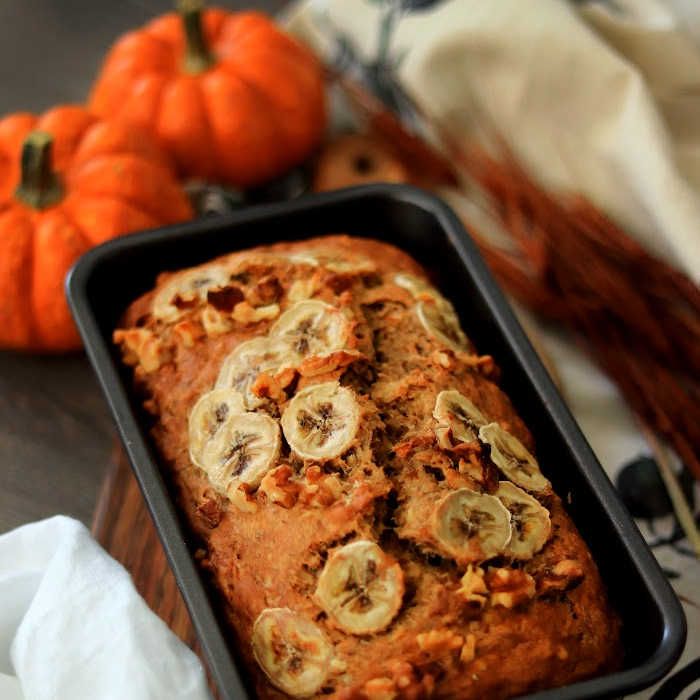Content Summary
Toaster ovens and convection ovens are two popular options that many homeowners consider. Both appliances have similarities and interchanged functionalities, but they do have distinct differences.
We’ll explore the differences between toaster ovens and convection ovens and weigh the pros and cons of each. Whether you’re in the market for a new cooking appliance or you simply want to choose the right appliance for your specific culinary creations, read further!


Toaster Oven or Convection Oven
Toaster ovens are ideal for toasting breads and making smaller meals or reheating leftovers. They’re also perfect for baking small items like cookies and frozen pizzas.
Convection ovens are best for baking and roasting meats or dishes that need even heat distribution. They are also great for baking bread and cakes.


Toaster Oven vs Convection Oven: Main Differences
1. Size:
Toaster ovens are smaller and more compact than convection ovens, and fit on your countertop, allowing you to save more space in your kitchen. They are perfect for smaller meals or reheating leftovers.
Convection ovens are larger, and their cooking mechanism is based on the circulation of hot air inside the oven. Most often they come as a built-in model, fitting below your countertop.
Note: don't confuse them with "conventional ovens": this term is used for traditional ovens without a convection (fan) system.
2. Heat Distribution:
Toaster ovens use radiant heating elements at the top and bottom of the oven to cook food. Which means that the heat is concentrated in one area and can lead to uneven cooking. Note: a convection toaster oven includes a fan, which evenly distributes the heat, like an air fryer.
Convection ovens use a convection fan to circulate hot air throughout the oven, ensuring even cooking of all your dishes. The heat is distributed evenly inside the oven, which results in better-cooked food.
3. Temperature Control:
Toaster ovens typically have a limited range of temperature controls, making it difficult to cook certain dishes.
Convection ovens are capable of reaching higher temperatures and also offer more precise temperature control. This means you’ll be able to bake cakes, roast meat, and even dehydrate fruits and vegetables with ease.
4. Speed:
Toaster ovens are known to cook food faster than convection ovens. This is because the radiant heat used by toaster ovens cooks food quickly and efficiently, saving you time in the kitchen.
Convection ovens take longer to heat up due to their larger size and use of a fan for heat circulation. However, once heated up they can cook food faster than a toaster oven.
Toaster Ovens
1. Pros
Save Space: They are small and portable, taking up less counter space in your kitchen.
Cook Faster: Using a toaster oven is that it's much faster than using a convection oven or a traditional oven. It preheats in no time, which is perfect for those who want to cooking food quickly, from baking frozen pizza to reheating leftovers.
Energy Efficient: Toaster ovens consume less energy as compared to convection ovens or traditional ovens. This means you’ll be able to save money on your energy bill.
Affordable: They’re also more affordable, making them a great option for smaller kitchens or those on a budget.

2. Cons
Limited Controls: Toaster ovens only have basic temperature controls and are not suitable for complex dishes that need specific temperatures.
Uneven Cooking: Due to their limited heating elements, the heat is not evenly distributed inside the oven. This can lead to uneven cooking of your dishes.
Limited Options: Toaster ovens have limited cooking options and can only handle small to medium-sized meals.


Baking Pastries & Cakes In A Toaster Oven
Convection Ovens
1. Pros
Precise Temperature Control: Convection ovens have a wide range of temperature controls that allow you to cook food at specific temperatures. This makes them ideal for baking cakes and roasting meat.
Cook Evenly: The convection fan and the convectional settings allow for greater control over the cooking process. The heat is distributed evenly throughout the oven, and you can get the perfect texture for all your dishes.
Handle Large Meals: Convection ovens can handle larger meals and are better at roasting or baking multiple dishes at once.
Versatility: Convection ovens come with a variety of features and cooking functions, making them very versatile. You can bake, roast, broil, and even dehydrate fruits and vegetables.
2. Cons
More Expensive: Compared to toaster ovens, convection ovens are more expensive. Besides, installing them requires a professional technician, which costs more money. This makes them less suitable for those on a budget.
Long Heating Time: Convection ovens take longer to heat up due to their larger size and use of a fan for heat circulation. This means they are less cost-effective than a toaster oven.
Much Counter Space: They take up more space than toaster ovens, which makes them inconvenient for small kitchens.




Baking & Roasting In A Convection Oven
Convection Oven vs Toaster Oven FAQs
Here are some of the most common questions regarding convection ovens and toaster ovens.
What are common problems with toaster oven?
The most common problems with toaster ovens are uneven cooking due to limited heating elements and limited temperature control. They can also be quite noisy when in operation.
Note: a convection toaster oven is much better at even cooking.
What are common problems with convection oven?
The most common problems with convection ovens are that they take longer to heat up, and the fan can be noisy when in operation. They also require more electricity than toaster ovens.
Can I use aluminum foil in toaster oven?
Aluminum foil can be used in toaster ovens. However, it should not be placed directly on the heating element and should be covered loosely with a piece of parchment paper or foil.
Can I use glassware in convection oven?
Glassware is safe to use in convection ovens as long as the glassware itself is heat-resistant, and the temperature setting is correct and not too high. It is recommended to place the (heat-resistant) glassware on a baking sheet to prevent it from heating up too quickly.
Which oven is better for baking?
While both ovens can be used for baking, convection ovens are generally better, as they provide even heat distribution and greater temperature control compared to toaster ovens. Unless of course, you have a convection toaster oven.
The difference is also in the amount of baking you want to do. A convection oven can handle much more baking volume than a toaster oven.
Which oven is better for roasting?
While both types of oven can be used for roasting, convection ovens are generally better, as they provide even heat distribution and greater temperature control than toaster ovens. Unless of course, you have a convection toaster oven.
The difference is of course in the volume of what you want to roast. A convection oven can handle much more roasting volume (turkey, whole chicken) than a toaster oven.
Which oven is better for toasting?
Toaster ovens are better for toasting than convection ovens, as they provide faster and more even toasting due to their heating elements being close to what you want to toast.
Which oven is better for reheating?
Toaster ovens are better for reheating food than convection ovens, as they provide more even heating and temperature control due to the nearness of their heating elements to the food you want to reheat.
Which oven is better for dehydrating?
Convection ovens are generally better for dehydrating, as they provide higher temperatures and precise temperature control. This allows you to dehydrate food evenly and quickly. However, both ovens can be used for dehydrating. A convection oven is just more effective.
Which oven is better for grilling?
Toaster ovens are better for grilling than convection ovens, as they provide more even heat distribution due to the nearness of the heating elements to what you want to grill. This makes them ideal for small and quick grilling jobs.
Tips & Tricks
- Consider your cooking needs and available space. A toaster oven is ideal for small meals or those with limited kitchen space. A convection oven is better for larger meals and those who require greater control over the cooking process.
- Avoid overfilling your toaster oven, as this will lead to uneven cooking.
- Clean and maintain your oven regularly to ensure it lasts for many years.
- Make sure to read the user manual of your oven before using it for the first time. This will help you familiarize yourself with its features and settings. Then, keep it at hand for future reference.
Convection Oven vs. Toaster Oven | Your Kitchen Trends
Having the right appliance can make all the difference in your cooking experience. Both appliances have their own unique advantages and disadvantages, so it’s important to consider what you need in a cooking appliance when making your decision.

Hopefully, this blog post has helped you understand the differences between toaster ovens and convection ovens and what to consider when choosing between the two.
With proper care and maintenance, you can enjoy delicious meals for years to come!
Happy cooking!
Catchy Finds























